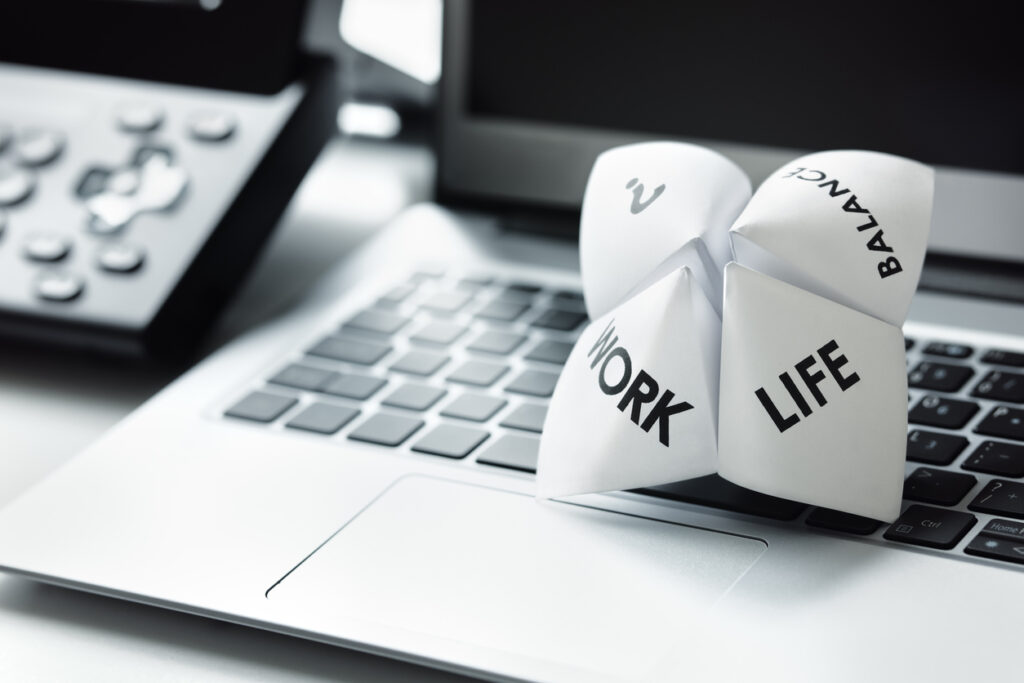Work-related stress is on the rise, so it’s down to leadership teams to set a good example and take mental health more seriously.
In today’s ‘always-on’ and hyper-connected workplace, work-related stress is becoming a real problem – so much so, it’s become the top cause of absenteeism for UK businesses.
According to NHS Employers, stress accounts for over 30% of employee sickness absence in the NHS and costs the service £300-£400 billion a year.
Meanwhile, the Health and Safety Executive (HSE) estimates over 11 million days are lost at work each year because of work-related stress.
Worryingly, newly released research from Sigma reveals that working women, juggling family and work priorities, are particularly at risk.
The research found 79% of UK women experienced work-related stress, compared to 66% of men.
In this article, we’ll take a look at what’s driving such elevated stress levels in the workplace.
Stress – it’s a machismo thing
All too often, behaviours that are not conducive to a healthy life-work balance are idealised by many.
Working long hours, being available to colleagues 24/7 and never switching the phone off have become established cultural work norms in recent years.
This comes as little surprise when there are business entrepreneurs like Elon Musk setting the standard for many.
The charismatic businessman recently pulled back from a punishing 120 hours a week schedule that left him feeling “nutty” and like he’d “burnt out a bunch of neurons”.
Despite the rise in workplace stress, many companies are still not paying enough attention to supporting the wellbeing of workers.
Instead, he’s embraced a ‘more sustainable’ 80-90 hours a week which will see him working 11 – 18 hours a day, depending on whether or not he takes the odd weekend to recharge.
Failing to take planned downtime is another toxic behaviour fuelling workplace stress.
Last year, 40% of all UK employees reported taking just half their leave. Of those who did take a holiday, 23% still regularly checked emails, while 15% continued to work because they were fearful of falling behind or missing targets.
Despite this, research shows that working long hours doesn’t always equate to productivity. Indeed, it may indicate you’re not delegating enough or managing your workload efficiently.
Communication madness – fuelling the stress fires
People are struggling to manage a daily deluge of messages in a multitude of digital channels.
A recent survey found that workers responded instantly to 41% of e-mail notifications and 71% of instant message notifications. All of this creates a distracting multi-tasking challenge, especially when you consider that the average worker receives 600+ emails a week.
Indeed, many of us are now hardwired to check our smartphones constantly. It’s a digital burden that gets the cortisol pumping, spoils concentration, disrupts sleep and is a major source of anxiety and stress.
Employee wellness – a corporate responsibility
Despite the rise in workplace stress, many companies are still not paying enough attention to supporting the wellbeing of workers.
The HSE’s Go Home Healthy campaign identifies work-related stress as one of three top priority areas for UK companies, driving home the message that employers have a legal duty to assess the risk from work-related stress.
Business leaders, from the board down, are responsible for everything from assessing the design of workloads, to providing adequate support and resources that help workers to reduce stress.
Upping your game in the wellbeing stakes not only makes sound business sense from a productivity perspective. It also boosts your employer brand.
Line managers have a particularly crucial role to play. Often the first port of call for employees at time of stress, managers need to be able to assess and identify workplace stressors and spot the first signs of stress in workers.
These can include absentmindedness, lack of concentration, irritability or tearfulness.
Line managers are also most likely to know when people are putting in excessive hours at their desk or failing to take their full leave allocation and take action to trigger the necessary HR interventions.
Eliminating the taboos – talking about mental health wellbeing
Enabling a workplace culture where being busy is idealised, and stress is viewed as the normal state of play for achieving competitive advantage, will ultimately lead to talent burnout, from the shop floor to the boardroom.
More progressive businesses, however, recognise the value of making it acceptable for people to discuss their workplace stress issues.
Instead of characterising stress as something associated with weakness, they’re initiating workplace wellness programmes that feature resources, advice and training that help reduce stress-related absenteeism and boost productivity.
In recent years we’ve seen the emergence of mental health heroes, like António Horta-Osória, the CEO at Lloyds Banking Group who has spoken openly about how the stress of working tirelessly to turn his company’s fortunes around came at the expense of his mental health.
With the future of the company, and thousands of employees’ jobs resting on his shoulders, his stress and anxiety levels soared, sleep deprivation set in, and burnout quickly followed.
It was a shocking experience that reshaped his management priorities, and put wellbeing is high on the corporate agenda at Lloyds.
Leading by example
You may think your company supports the wellbeing of employees, but 48% of all UK respondents in the global Sigma survey said their employers did not take workplace wellness programmes seriously enough.
It’s a finding that should ring alarm bells for many senior leaders, especially if employee churn or absenteeism rates are riding high.
Upping your game in the wellbeing stakes not only makes sound business sense from a productivity perspective. It also boosts your employer brand when it comes to recruiting the best talent out there—and keeping it.
[cm_form form_id=’cm_65a14c3f5da64′]
As a senior leader, your management teams will emulate your style and approach to business.
If you’re on email 24/7, have a habit of reaching out to colleagues at weekends and are always available on your phone, then perhaps its time to step back and evaluate if it’s time to make some changes.
Your behaviours may be setting the tone for a workplace culture that needs to change for the better.
Interested in this topic? Read How to manage work-related stress in your organisation






